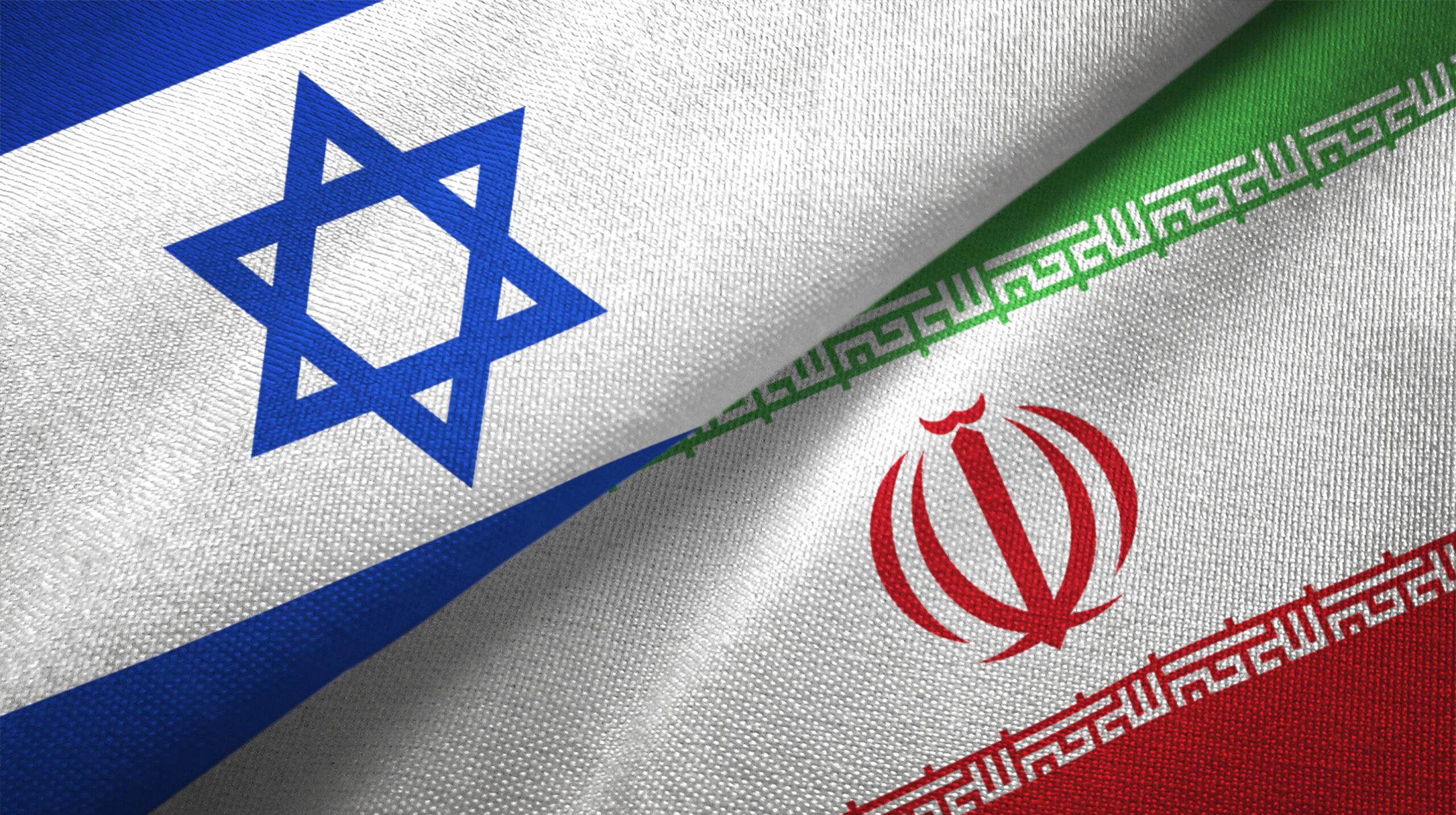Pentair plc Navigates Challenges with Resilient Earnings Growth in Q1 2025
Pentair plc (PNR) delivered mixed but strategically significant results in its Q1 2025 earnings report, balancing sales headwinds with robust margin expansion and disciplined capital allocation. While top-line growth remained constrained by macroeconomic pressures, the company’s focus on cost control, pricing power, and strategic segmentation propelled profitability to record levels. This analysis explores Pentair’s performance, risks, and its path forward in a challenging environment.
Financial Highlights: Margin Strength Outshines Sales Declines
Pentair’s Q1 2025 sales of $1.0 billion marked a 1% year-over-year decline, driven by headwinds like tariffs and inflation. However, the story deepens when examining profitability:
- Operating income surged 12% to $203 million, with a return on sales (ROS) of 20.1%, up 230 basis points.
- Adjusted EPS rose 18% to $1.11, reflecting Pentair’s ability to convert operational efficiency into shareholder returns.
The company’s balance sheet remains a key strength, with net cash used in operations improving by $68 million year-over-year to $39 million. Free cash flow, though still negative at $56 million, narrowed significantly from Q1 2024’s $127 million deficit.
Segment Performance: Pool Drives Growth, Flow & Water Solutions Struggle But Improve
Pentair’s three segments—Flow, Water Solutions, and Pool—exhibited divergent trends, yet all contributed to margin expansion:
- Pool (38% of sales):
- Sales rose 7% to $383.9 million, fueled by strong demand ahead of summer.
Segment income jumped 14%, with ROS hitting 32.8%, a 200-basis-point improvement.
Flow (37% of sales):
Sales fell 4%, but ROS expanded 260 basis points to 22.7%, reflecting cost discipline.
Water Solutions (26% of sales):
- Sales declined 5%, yet ROS improved 310 basis points to 23.5%, the largest margin gain among segments.
The Pool division’s outperformance highlights Pentair’s exposure to residential markets, which remain resilient despite broader economic uncertainty. Meanwhile, Flow and Water Solutions, which serve industrial and commercial clients, faced demand softness but demonstrated operational agility.

Strategic Actions: Navigating Tariffs and Inflation
Pentair’s management emphasized proactive measures to counteract external pressures:
- Price increases and inventory management: The company pre-bought materials and capped orders to offset tariff-driven cost rises.
- Dividend resilience: Pentair maintained its 49th consecutive annual dividend increase, underscoring financial stability.
- Share repurchases: $50 million spent in Q1, with $400 million remaining under its buyback program, signaling confidence in long-term value.
CEO John Stauch’s focus on “cash flow management” is evident: Pentair’s adjusted EPS guidance for 2025 remains up 7-11%, even as sales are projected to grow only 0-2%. This disconnect highlights the company’s prioritization of profitability over volume.
Outlook and Risks
Pentair’s Q2 guidance signals cautious optimism:
- Adjusted EPS expected to rise 7-11%, with sales growth of 1-2%.
- Full-year GAAP EPS guidance of $4.27-$4.42 reflects 14-18% growth, driven by margin expansion.
However, risks loom large:
- Global economic uncertainty: Housing market slowdowns could impact Pool demand.
- Tariff and supply chain volatility: Ongoing trade disputes may require further pricing or operational adjustments.
- Currency fluctuations: Pentair derives ~55% of sales from outside the U.S., making it vulnerable to exchange rate swings.
Conclusion: A Resilient Play in Water Solutions
Pentair’s Q1 results underscore its ability to navigate headwinds through operational excellence. Despite a 1% sales decline, the company’s 20.1% ROS and $400 million buyback capacity position it as a resilient player in water infrastructure—a sector critical to global sustainability goals.
The 18% EPS growth and 49th consecutive dividend hike reflect strong governance and shareholder focus. While near-term risks like tariffs and inflation persist, Pentair’s strategic actions and margin discipline suggest it can outperform peers in a low-growth environment.
Investors should monitor two key metrics:
1. Free cash flow trends: A return to positive territory would validate management’s liquidity management.
2. Pool division performance: Growth here could offset weakness in industrial segments.
With a price-to-earnings ratio of ~15x (based on 2025 guidance) and a dividend yield of 0.8%, Pentair offers a balanced risk-reward profile for long-term investors. The company’s focus on sustainable water solutions aligns with long-term global demand, making it a compelling play in an essential industry.
Final Takeaway: Pentair’s Q1 results demonstrate that margin growth can offset sales stagnation. While macroeconomic clouds linger, the company’s strategic execution and balance sheet strength position it to weather storms and capitalize on its niche.










